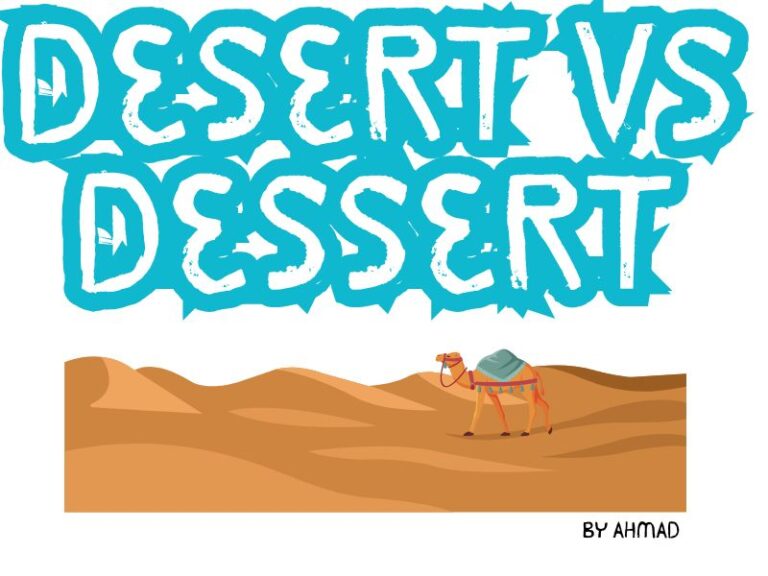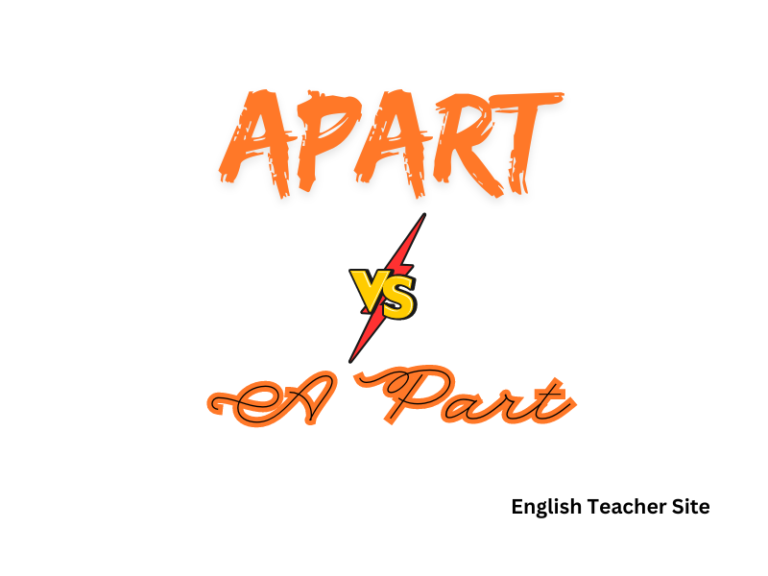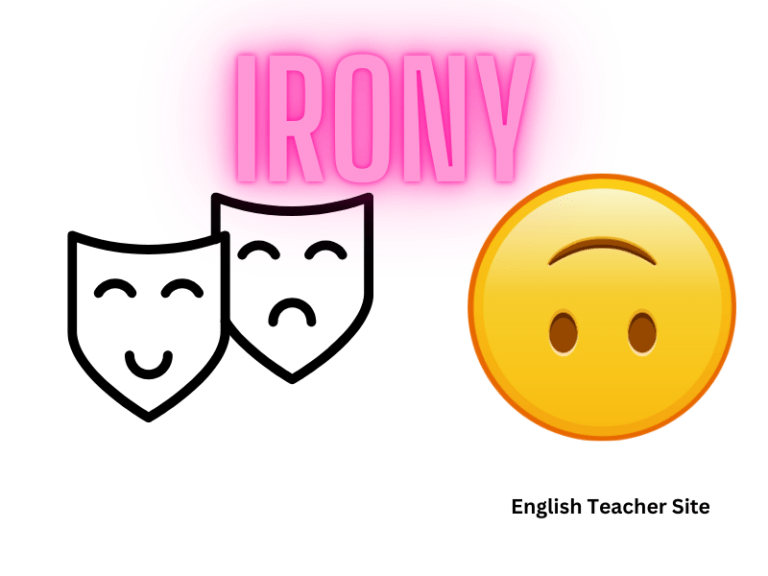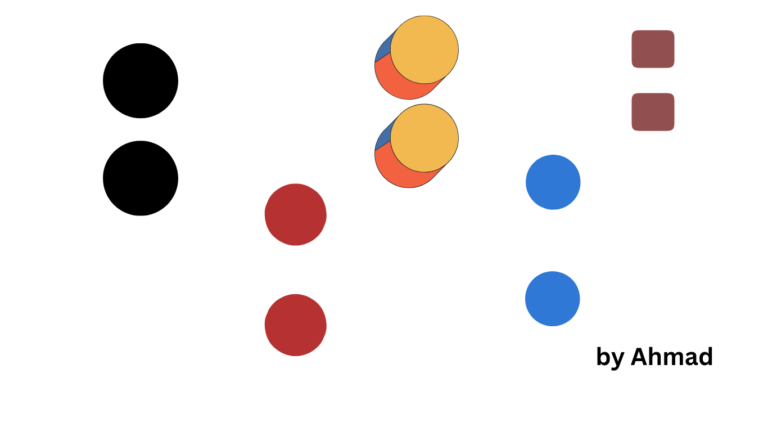Alliteration Definition Examples: Enhancing Language with Literary Devices
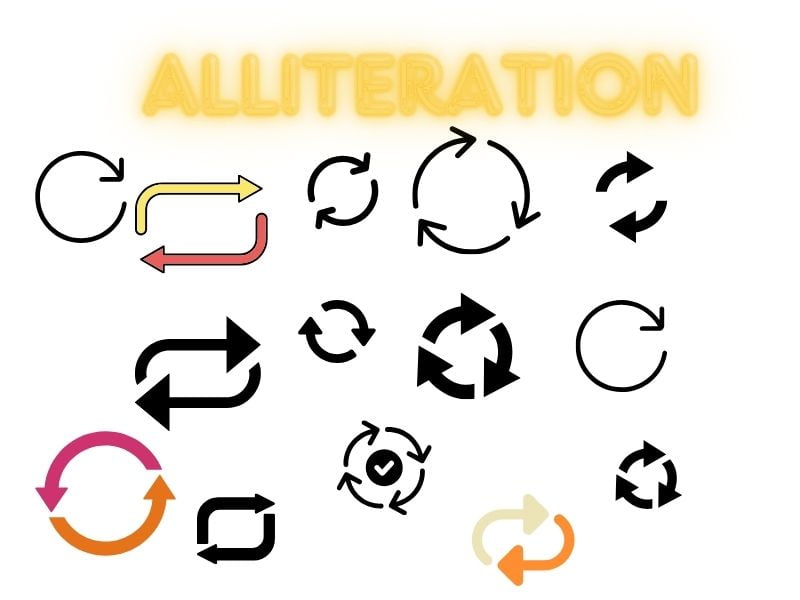
Alliteration is a literary device characterized by the repetition of the same initial consonant sounds in a sequence of words or syllables. This technique is frequently utilized to create rhythm, enhance mood, or emphasize particular words or phrases. The auditory repetition that alliteration provides can make phrases more memorable and engaging to the listener or reader.
For example, consider the phrase “Peter Piper picked a peck of pickled peppers.” This tongue twister employs alliteration with the repeated ‘p’ sound to create a playful and challenging string of words.
Table 1: Common Usage of Alliteration
| Context | Example |
|---|---|
| Poetry | “The fair breeze blew, the white foam flew.” |
| Branding | “Coca-Cola” or “Best Buy” |
| Everyday Speak | “Right as rain” or “Trick or treat” |
Table 2: Functions of Alliteration
| Function | Description |
|---|---|
| Aesthetic | Enhances the beauty and flow of language. |
| Mnemonic | Aids in making phrases easier to remember. |
| Emphasis | Highlights and stresses certain points or themes. |
By examining the examples and functions of alliteration, one gains a deeper appreciation for this timeless linguistic tool and its ability to transform simple speech into resonant and oftentimes beautiful expression.
Foundations of Alliteration
Exploring the foundations of alliteration unveils its significance in enhancing the rhythm and musicality of language across various forms of literature and prose.
Definition and Origins
Alliteration is a poetic device characterized by the repetition of the same consonant sound at the beginning of closely situated words in a sentence or phrase. Its origins trace back to Old English and Latin, where it was used to embellish poetry and to aid in memory and recitation.
Linguistic Elements
The primary linguistic elements of alliteration are consonant sounds and stressed syllables. This technique often focuses on:
- Consonants: Repeating initial consonant sounds.
- Vowels: Less common, involving repetition of vowel sounds, also known as assonance.
Alliteration vs. Other Literary Device
Alliteration must be distinguished from other literary devices such as:
- Assonance: Repetition of vowel sounds.
- Consonance: Repetition of consonant sounds not limited to the first letter.
- Onomatopoeia: Words that imitate natural sounds.
Unlike these devices, alliteration is specifically tied to the strategic placement and repetition of consonants at the beginnings of words to produce a harmonious sound.
The Role of Alliteration in Linguistics
Alliteration has a profound role in linguistics, contributing to the artistry of language. Main functions include:
- Adding musicality to verse and prose.
- Acting as a memory aid in oral traditions.
- Emphasizing specific points in writing.
It is especially prominent in branding and advertising due to its memorable nature. In linguistics, it is studied within the broader context of phonetics and the aesthetic dimensions of language.
Table 2: Alliteration’s Role in Different Contexts
| Context | Function |
|---|---|
| Poetry | Adds rhythm and musicality |
| Oral Traditions | Assists with memorization |
| Branding | Creates memorable names and slogans |
Alliteration in Literature and Text
Alliteration, the repetition of initial consonant sounds in close proximity, serves as a musical and rhetorical device that enhances the beauty and memorability of language in both poetry and prose.
Alliteration in Poetry
Poetry often employs alliteration to create rhythm and mood within stanzas. The use of repeated sounds can generate a lyrical effect, as seen in works by notable poets like Edgar Allan Poe. For example, in “The Raven,” the “d” sound in “Doubting, dreaming dreams no mortal ever dared to dream before” provides a somber tone. Robert Frost and Maya Angelou also frequently used alliteration in their poems, utilizing it to add a layer of meaning or to emphasize certain emotions.
Famous Works Featuring Alliteration
- “Beowulf,” an Old English epic poem, is replete with alliteration, a homage to its Anglo-Saxon oral tradition.
- Shakespeare‘s “Romeo and Juliet” includes alliteration to emphasize emotions, such as in the line “From forth the fatal loins of these two foes.”
| Work | Example of Alliteration |
|---|---|
| The Raven | “And the silken sad uncertain rustling of each purple curtain” |
| Beowulf | “Foes are fierce and forceful, fraught with vengeance” |
These texts demonstrate how alliteration aids in the flow and memorability of a narrative.
Alliteration in Everyday Use
Alliteration, the repetition of consonant sounds at the beginning of words in close proximity, is a prominent rhetorical device found throughout everyday language. It serves to create rhythm and emphasis, enhancing the memorability of phrases and points made in various contexts.
Alliteration in Speech and Oratory
In speeches, alliteration can be a powerful tool for politicians and public speakers to make their sentences more impactful. Historical figures have used it to emphasize key points, making the phrases they use more memorable.
- “I have a dream that my four little children will one day live in a nation where they will not be judged by the color of their skin but by the content of their character.” – Martin Luther King Jr.
Alliteration in Marketing and Branding
Corporate entities and businesses frequently employ alliteration in brand names and slogans to make their products more catchy and recognizable.
| Brand Names Using Alliteration | Marketing Slogans Using Alliteration |
|---|---|
| Best Buy | American Airlines: We Know Why You Fly |
| Dunkin’ Donuts | Greyhound: Go Greyhound and Leave the Driving to Us |
Common Phrases and Tongue Twisters
Alliteration makes everyday phrases memorable and fun, with tongue twisters often serving as amusing ways to practice and appreciate the effect of this literary device.
- Tongue Twisters: “She sells seashells by the seashore” and “Betty Botter bought some butter”
Pop Culture References
The rhythm and emphasis that alliteration provides can be seen in the names of many pop culture icons, further anchoring them in public consciousness.
- Comic Book Characters: Mickey Mouse, Donald Duck, Fantastic Four, Lois Lane, Wonder Woman
By integrating alliteration into everyday speech, dialogue, and especially into the realms of marketing and pop culture, a simple linguistic technique breathes rhythm and memorability into the English language.
The Impact of Alliteration
Alliteration, as a literary device, harnesses the power of repetition to enhance the auditory experience, add rhythmic flow, and foster memory recall. It’s widely used across various forms of literature and speech to convey a more melodious and engaging tone.
Auditory and Rhythmic Effects
Alliteration adds a musical quality to language, creating a rhythm that pleases the ear and adds a layer of interest. The repeated sounds can produce a cadence comparable to a beat in music, which can have a soothing or exciting feedback effect, depending on the context. Enhancing rhythm through alliteration, authors can guide the reader’s auditory experience to mirror the flow and mood of the text.
- Examples include:
- “Peter Piper picked a peck of pickled peppers.”
- “The big, bad bear scared all the baby bunnies by the bushes.”
| Sounds Repeated | Effect on Audience |
|---|---|
| P in “Peter Piper” | Engages listeners with popping sounds that capture attention |
| B in “big, bad bear” | Emphasizes the menacing tone, enhancing the atmosphere |
Enhancing Imagery and Mood
Alliteration can shape imagery and mood, influencing the reader’s emotional response. By emphasizing certain sounds, a writer can emphasize specific images or create a tone that supports the atmosphere of the narrative.
- For instance:
- The softness of an “s” sound can be found in phrases like “The silver stream slipped silently.”
- The harshness of a “k” sound to create discomfort or intensity, as in “The cacophony of clanking chains chilled them.”
Imagery and mood are crafted by:
- Sound emphasis: Bold sounds for bold imagery.
- Tone setting: Subtle sounds for more subdued scenes.
| Sound in Alliteration | Image or Mood Conveyed |
|---|---|
| “Slipped silently” | Suggests a quiet, peaceful imagery |
| “Cacophony of clanking” | Evokes a disturbing, chaotic mood |
By utilizing alliteration with intent and precision, the impact on the text can be significant, effortlessly guiding readers through a rhythmic journey, aiding in the retention of information, and vividly painting the scene with words that resonate both mentally and emotionally.
Crafting Alliteration
Alliteration harnesses the repetition of initial consonant sounds to create rhythm and emphasis in writing. This literary device is prevalent in literature, poetry, and music, and it demands precision in choosing words where their beginning sounds play a crucial role.
Techniques for Writing Alliteration
When constructing sentences or phrases that contain alliteration, writers often follow certain techniques to achieve the desired effect. These include:
- Selecting words with the same starting consonant clusters or sounds.
- Placing alliterative words close to each other in a sentence to maintain the rhythmic pattern.
- Using alliteration to create symmetrical structures in poetry or music for aesthetic appeal.
Examples of alliteration:
| Literature | Music |
|---|---|
| “She sells seashells by the seashore.” | “Peter Piper picked a peck of pickled peppers.” |
Challenges and Considerations
Writers may encounter various challenges while crafting effective alliteration:
- Clarity: Ensuring that the alliteration does not overpower the message but instead enhances the reader’s understanding.
- Balancing the repetition of sounds without letting the text become a tongue twister.
Considerations when using alliteration:
- Focus: The alliterative words should direct attention to the key elements of the content.
- Responding to feedback from readers or listeners to adjust the rank or frequency of alliterative phrases for better effectiveness.
Tips for Effective Use
To make alliteration work effectively in any piece of writing, these tips can be quite helpful:
- Aim for alliteration with words that are often stressed syllables to create impact.
- Limit alliteration to vital points to avoid overuse and maintain its clarity and effectiveness.
Here are some additional tips presented in a list format:
- Use alliteration to provide a mnemonic function, making phrases easier to remember.
- Vary sentence structures around the alliterative words to keep your writing dynamic.
- Always seek and apply feedback to refine the strength and presence of alliteration in your work.
My name is Khamis Maiouf. I am the creator of the English Teacher Site, dedicated to providing valuable resources and insights for students around the world. With a passion for education and a commitment to helping students enhance their skills, I aim to make English teaching more effective and enjoyable for both educators and students.



